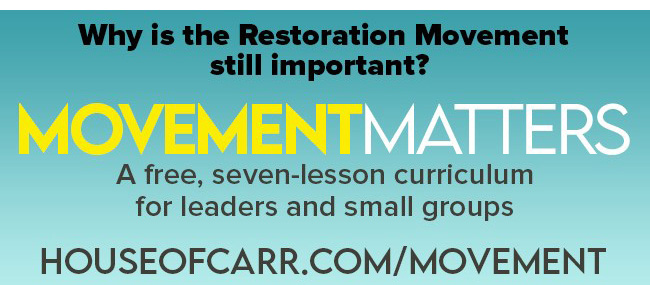By Steve Carr
Heading into the COVID-19 pandemic, church leaders harbored legitimate concerns for their congregations’ abilities to meet 2020 budgets. No one could have anticipated that worship services would be moved exclusively online for months on end, so there was virtually no preparation for such a crisis.
AN UNEXPECTED SURPLUS
If experts were being honest, they’d admit their shock with how well church giving performed over the last year. The vast majority of churches in our network either maintained or increased their giving in 2020. Some of this could be attributed to the injection of federal stimulus money into American households; the personal savings rate in the United States rose dramatically during the pandemic and faithful givers blessed their churches with their excess. Additionally, many worshippers were able to maintain their employment while working from home, which led to a reduction of household expenses and an increase in generosity.
At the same time, with no in-person gatherings, most churches were able to reduce their expenses. This, combined with steady or increased offering income, left churches in a novel position: their savings exponentially increased. With unprecedented levels of cash on hand, church leaders must now strategize how best to steward these resources.
A NECESSARY CONVERSATION
To spark a discussion among church leadership teams, here are some questions to consider:
How much should our church retain in reserves?
The rule of thumb was that churches should hold three to six months of expenses in cash reserves. Many congregations were able to exceed these levels during 2020. When considering their reserve amounts, leaders should consider the uncertainty in the global economy. Even though our nation is recovering financially from the impact of COVID-19, the system has been boosted by more than $5 trillion of stimulus money. Since we’re unsure what will happen in the next chapter of the “new normal,” it would be wise for churches to commit to retaining larger cash reserves in the months ahead.
How should our church allocate our savings?
With churches retaining more funds, they ought to reconsider their cash management strategy. I’m always surprised by how many churches leave the entirety of their funds in a checking account. While congregations should retain sufficient cash accessibly to fund monthly operations, they should also consider setting aside some reserves to earn a higher yield. In this low-rate environment, many churches are seeking solutions beyond traditional banking offerings. Fortunately, our movement boasts multiple church extension funds where congregations can get a more advantageous investment rate while supporting the work of the kingdom.
What should our church do with the excess?
Obviously, there are opportunities for congregations to make transformational decisions in this time. Perhaps churches can use surpluses to pay down or eliminate facility debt. Maybe underpaid ministry staff can be rewarded for leading through a challenging season. And ideally, ministries could provide more funds toward benevolence and international missions. The danger here is that churches might choose to construct larger storehouses instead of deploying funds to support the spread of the gospel.
A LESSON FROM THE PAST
When considering surplus stewardship, I’m reminded of an encounter from years ago. In 2005, when my wife and I planted a church in urban Cincinnati, we rented space from a historical Disciples of Christ congregation. Despite the church having just 20 people in weekly worship, they employed four full-time ministry staffers. The math didn’t make sense to me until I learned the backstory: the church barely survived the Great Depression but grew quickly in the following years by attracting affluent members. As a means of avoiding future hardships, the church amassed robust reserves with which they created an endowment. Decades later, this endowment consisted of millions of dollars.
In the late 20th century, the church started to decline in attendance, but due to the savings of previous generations, there was no financial pressure to chart a new course. After the recession of 2008 battered the church’s endowment, however, they asked our young church for financial assistance. A few years later, they were insolvent and closed the church for good.
I’ve been thinking a lot about that congregation recently, praying that our churches that thrived during the pandemic will avoid the same mistake. Church leaders would do well to adopt a posture of humility in this season when considering the surplus the Lord has provided to us. Even in challenging times, we can learn to become more effective stewards.
In the kingdom of God, money is merely a means to an end. The psalmist reminds us that, “some trust in chariots and others in horses, but we trust in the name of the Lord God.”
Steve Carr serves as vice president of ministry development at CDF Capital, a church extension fund in the Restoration Movement. His website is www.houseofcarr.com.


0 Comments